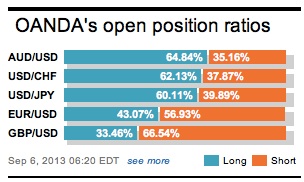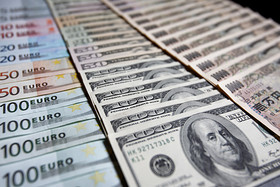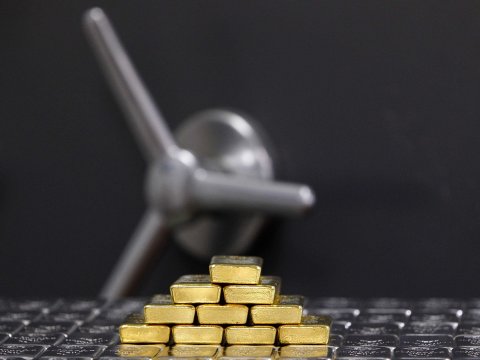The Five Laws Of Gold
This isn’t an article about gold prices — it’s about the five golden rules of money. The Five Laws of Gold are lessons on growing personal wealth. They are from my favorite book on the subject, The Richest Man in Babylon by George S. Clason, first published in 1926 and reprinted dozens of times. I’ve read it dozens of times. This book made such a big impression on me in my youth that I forced my children to read it when they were teens. Today, in their 20s and 30s, they have successful careers and are avid savers and investors.
Clason tells an enjoyable story that is filled with wisdom and practical advice. Set in the ancient city of Babylon on the eastern bank of the Euphrates River, the story focuses on the teachings of Arkad, the richest man in Babylon, and Bansir, a chariot builder who desires to improve his lot in life. The book includes stories of others who followed these principles, including slaves who were able to buy freedom and build their own empires.
The words are timeless because the laws of gold never change. The money we accumulate at one time belonged to someone else. We help and serve other people and earn proper payment for these acts. After receiving payments, it’s up to us to use the money wisely, and that’s where the Five Laws of Gold come in.
The first law covers the concept of a diligent savings plan and remaining laws explain how to prudently invest those savings. The last three laws are of particular interest to me as a financial adviser because they focus on who to trust for advice and who to avoid.
Here are The Five Laws of Gold, as Clason wrote them:
- Gold cometh gladly and in increasing quantity to any man who will put by not less than one-tenth of his earnings to create an estate for his future and that of his family.
- Gold laboreth diligently and contentedly for the wise owner who finds for it profitable employment, multiplying even as the flocks of the field.
- Gold clingeth to the protection of the cautious owner who invests it under the advice of men wise in its handling.
- Gold slippeth away from the man who invests it in businesses or purposes with which he is not familiar or which are not approved by those skilled in its keep.
- Gold flees the man who would force it to impossible earnings or who followeth the alluring advice of tricksters and schemers or who trusts it to his own inexperience and romantic desires in investment.


 9Likes
9Likes LinkBack URL
LinkBack URL About LinkBacks
About LinkBacks










 Reply With Quote
Reply With Quote





Bookmarks